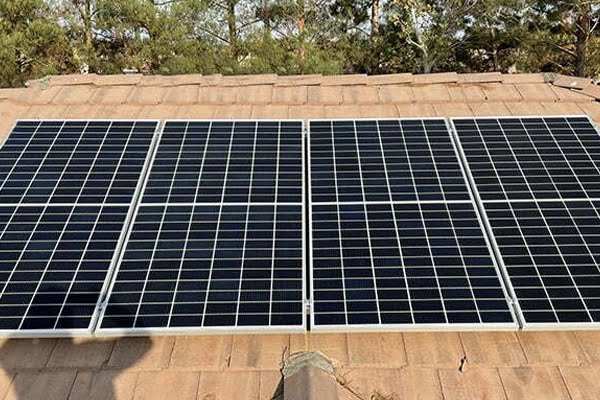Earlier this month on February 1st, 2018, Los Angeles county announced its new regional electricity provider – Clean Power Alliance (CPA). A Los Angeles community solar program has been in the works since 2016 when L.A. County conducted a public workshop to get ideas and feedback on how cities in Southern California can come together to participate in a Community Choice Aggregation (CCA) program.
What is Community Choice Aggregation?
CCAs are programs that allow cities or local governments to take control and decide how their residents and businesses get electric power. CCA provide an alternative source of energy, mostly from wind, solar, and bio fuels at a rate that may be more affordable than investor owned energy providers such as Southern California Edison (SCE). Because CCAs have less overhead and are non-profit, they don’t need to make profits for shareholders – this factor makes CCAs offer cheaper rates to their customers.

Community Choice Aggregation model
Clean Power Alliance
CPA is L.A. County’s new electricity provider that will offer customers clean, cheap electricity vs. privately owned utilities like SCE. L.A. county expects to power 3 million CPA customers in 2018. The service will be implemented in 3 phases:
- Phase 1: Service for Los Angeles county municipal buildings
- Phase 2: Service to commercial and industrial customers by June 2018
- Phase 3: Service to residential customers beginning December 2018
Before CPA, the program was known as LACCE, Los Angeles Community Choice Energy. Last year LACCE and it’s board of supervisors determined that the new CCA program is capable to meet the electrical load for 82 cities within Southern California and compete with SCE. Their initial objective was to provide economic vitality and sustainability to these communities.
Benefits to Community Choice Aggregation
Ted Bardacke, Executive Director of Clean Power Alliance says that by 2019 the CPA program will decrease greenhouse gas emissions by 9% which helps contribute to California’s 2030 goal of 40% reduction of emissions. Cities throughout Southern California want to have energy independence and control on the types of energy the community receives. This means that consumers will have options for cleaner energy such as solar and wind with more rate stability.
The program also ensures that low-income communities and provided with electricity that’s affordable and flexible. For these consumers, CPA will include a provision at discounted rates.
Utility’s Option for Clean Energy
Utilities throughout the state have been upgrading their Renewables Portfolio Standard (the percentage of renewable energy utilities deliver) in order to meet the state’s environmental policies. Currently more than 28% of electricity provided by SCE comes from renewable energy sources and plans to deliver 50% of renewable energy by 2030. In 2016, SCE launched their own renewable energy program called Green Rate. Green Rate is a participation program to fund solar energy generation to give incentive to customers not able to install rooftop solar. The program allows SCE to purchase solar energy from behalf of the customers that enroll in this program. Customer in turn can then purchase the power, sourced from solar farms, at 50% or 100% of cost. Unfortunately, SCE customers not enrolled in Green Rate are ineligible to participate in other energy programs such as a CPA.
Rooftop Solar
Can CCA and other community choice programs affect roof top solar installation? Not at all. Fortunately, many property owners see far more substantial savings in generating their own energy rather than paying for energy that delivered to them. With the Federal Tax Credit and Net Energy Metering, property owners that produce their own renewable energy see a return on investment. With new affordable clean energy programs and solar incentives, California has created a “gold rush” for solar power. Just about everyone is fighting to get their piece of renewable energy. Whether it’s the government and local cities setting up CCAs, or utilities trying compete by increasing their renewable energy portfolios, or homeowners that want to maximize on becoming independent energy providers, California is on track to be a leader in clean power.





